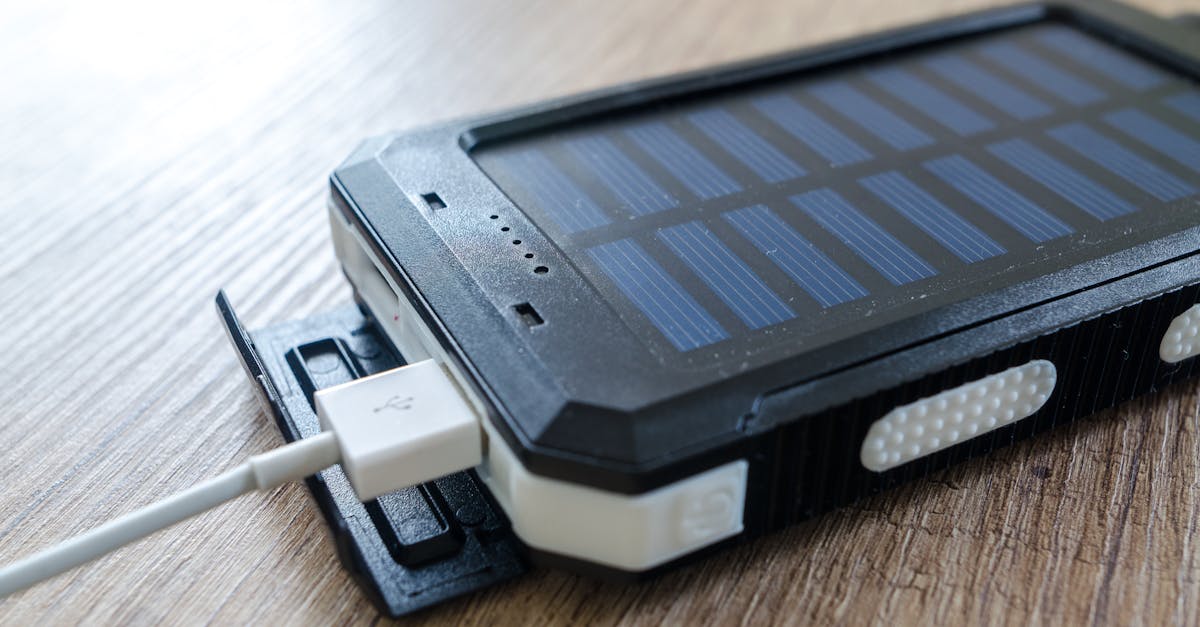DIY Home Energy Savings: Projects to Reduce Bills This Month
DIY Home Energy Savings: Projects to Reduce Bills This Month
Looking to cut down those soaring energy bills without breaking the bank? You’re in the right place. Embracing simple, practical home energy-saving projects can make a noticeable difference in your monthly expenses and environmental footprint. Plus, rolling up your sleeves and doing it yourself not only adds a sense of accomplishment but gives you control over the comfort and efficiency of your home.
Easiest Ways to Boost Your Home’s Energy Efficiency Today
Before you dive into complex renovations, it’s smart to start with measures that deliver quick wins and immediate savings.
1. Upgrade Insulation – Your Home’s Silent Hero
Proper insulation is like a cozy jacket for your home, keeping the heat in during winter and the cool air inside during summer. If your energy bills feel sky-high, poor insulation might be the culprit. Tackling insulation can cut down the workload of your heating and cooling systems.

How to do it Yourself: Start by checking the attic and walls for gaps or thin spots where heat might escape. Use fiberglass or cellulose insulation for affordability and efficiency. If your budget allows, consider spray foam insulation—it seals better but requires a bit more skill or professional help.
2. Harness Solar Power – Let the Sun Pay Your Bills
Solar panels aren’t just for high-tech homes anymore. With advancements in technology, installing solar power is becoming more affordable and DIY-friendly.

This change can drastically reduce your electricity costs and even earn you credits for unused energy if your area supports net metering.
Practical Steps to Start Your Solar Project:
- Assess Sun Exposure: Ensure your roof gets plenty of sunlight, ideally facing south in the northern hemisphere.
- Choose the Right Panels: Look for quality, durable panels with good efficiency ratings.
- Install Mounting Hardware: Securely attach racks on your roof designed for your panel type.
- Mount and Connect Panels: Place panels on racks, then connect them safely, following all local code requirements.
- Consult a Professional for Wiring: Unless you’re experienced, hire an electrician to connect to your home’s electrical panel to stay safe.
Remember to check local permits and incentives before starting; many places offer rebates to help lower the cost of solar installation.
More Smart Energy-Saving Moves You Can Make Right Now
If solar or insulation projects feel like a big step, these adjustments can still put money back in your pocket and improve comfort:
- Seal Those Air Leaks: Use weatherstripping and caulking around windows and doors to keep drafts at bay.
- Switch to LED Lighting: Replace old bulbs with LED versions—they use a fraction of the power and last significantly longer.
- Install Smart Thermostats: Smart devices learn your schedule and regulate temperature more efficiently, saving energy without sacrificing comfort.
- Use Energy-Efficient Appliances: If you’re considering upgrading, pick appliances with high Energy Star ratings to see support savings long term.
- Optimize Water Heating: Lower the water heater temperature to around 120°F and insulate the tank and pipes.
Why Getting Hands-On Saves You More Than Money
DIY energy projects create more than just financial benefits. They provide a chance to understand how your home works, giving you a unique edge in maintaining comfort and efficiency. These projects can be fun and rewarding, encouraging you to explore more sustainable living habits.
Plus, as energy prices fluctuate, investing your time in energy-saving improvements means you’re better protected against unpredictable bills. Each little effort adds up, creating a ripple effect that benefits both your wallet and the planet.
Final Thoughts – Start Small, Think Big
You don’t need to overhaul your entire home in one go. Starting with simple insulation improvements or a solar panel project tailored to your budget and skill level can make a noticeable difference fast.
Keep an eye on government incentives or local rebates, which often help offset project costs. And remember: the more energy-smart you become, the more comfortable and affordable your home stays over time.
Ready to take control of your energy use and expenses? Grab your toolkit and get started today—your future self and your energy bill will thank you.
Note: Always prioritize safety by following manufacturer guidelines and consulting professionals where electrical work is concerned.



